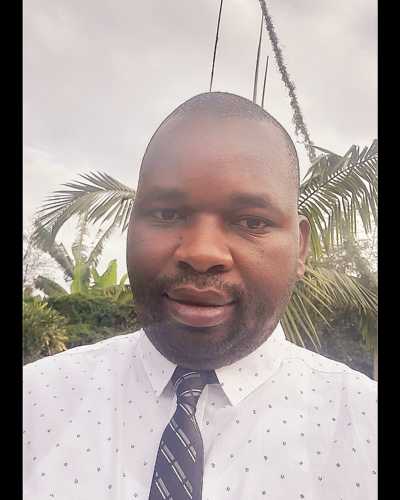Abstract
Introduction: Primary health care (PHC) presents an opportunity to reduce disparities in access and utilization of healthcare services between rural and urban areas in Kenya and beyond. The Government of Kenya has prioritised PHC with an aim of reducing inequity and making essential health services person-centric. This study sought to assess the status of PHC systems prior to the set-up of primary care networks (PCNs) in a rural underserved setting in Kisumu County, Kenya.
Methods: Primary data were collected using mixed method approaches alongside secondary data extraction from routine health information systems. Emphasis was placed on seeking community voices and feedback through community scorecards and focus groups discussions with community participants.
Results: 100% of PHC facilities reported commodity stock outs. 82% reported shortages in health workforce while half (50%) had inadequate infrastructure to deliver PHC. While the setting had 100% of households covered by a trained community health worker within their village, community concerns included lack of drugs, poor roads, and lack of access to safe water. Disparities were evident: some communities had no 24-hour health facility within a 5km radius.
Discussion: This assessment has provided comprehensive data that have informed planning for the delivery of quality and responsive PHC services, with community and stakeholders’ involvement. Identified gaps are being addressed multi-sectorally to reduce health disparities as Kisumu County makes strides to wards the achievement of universal health coverage targets.


